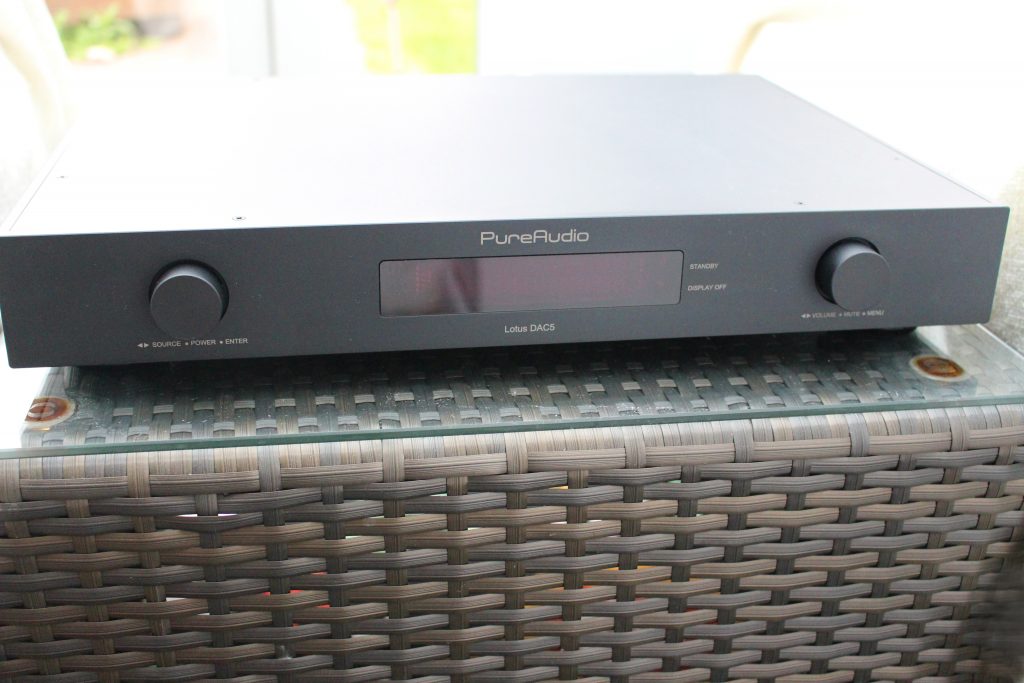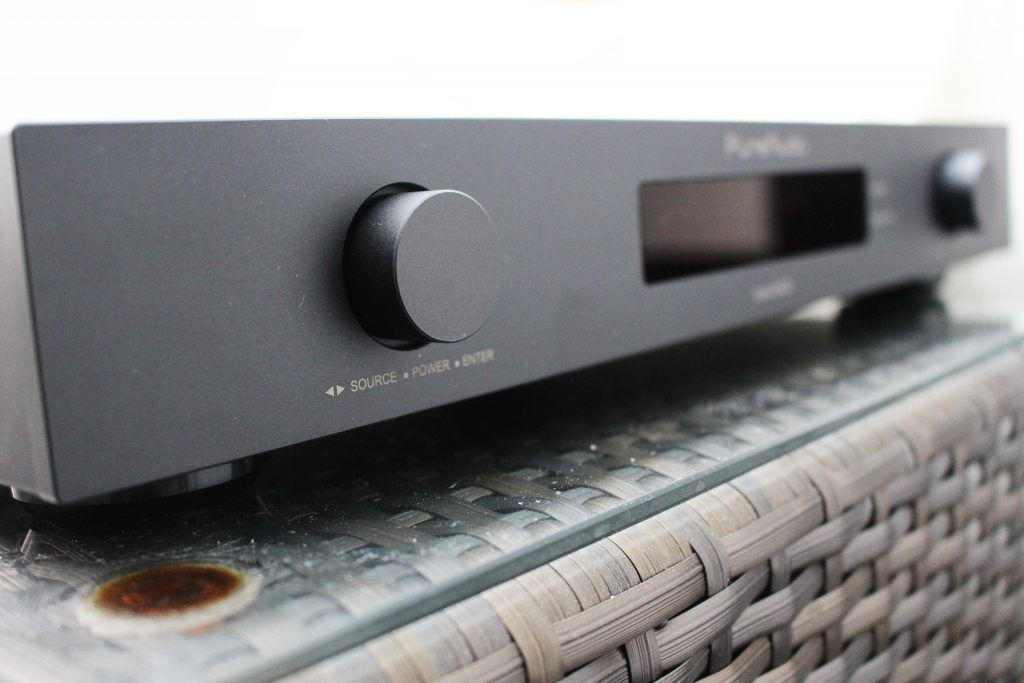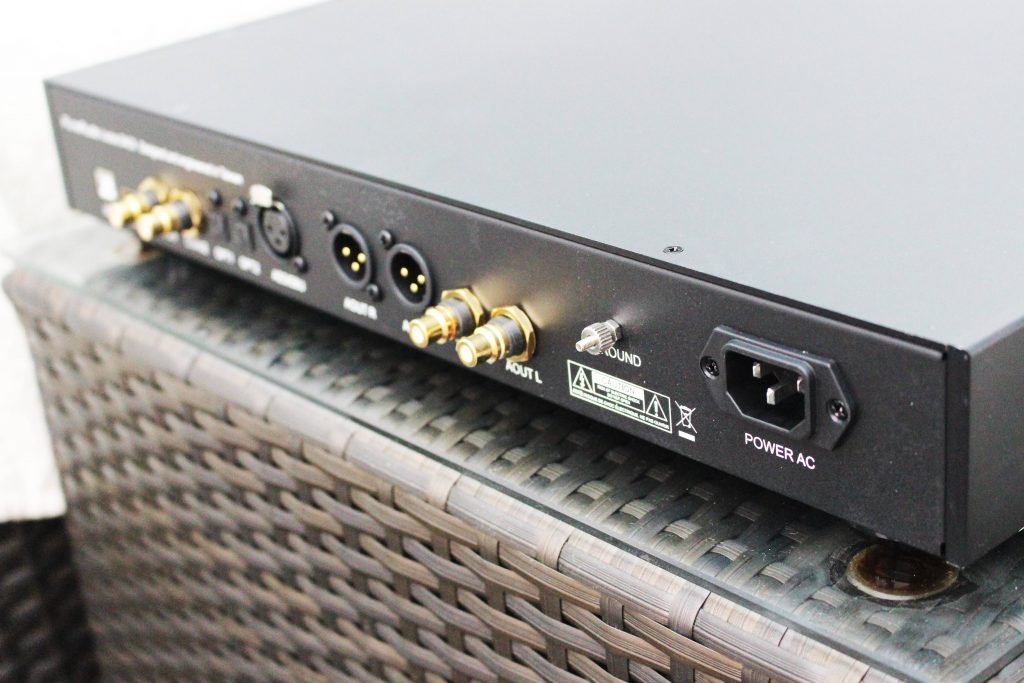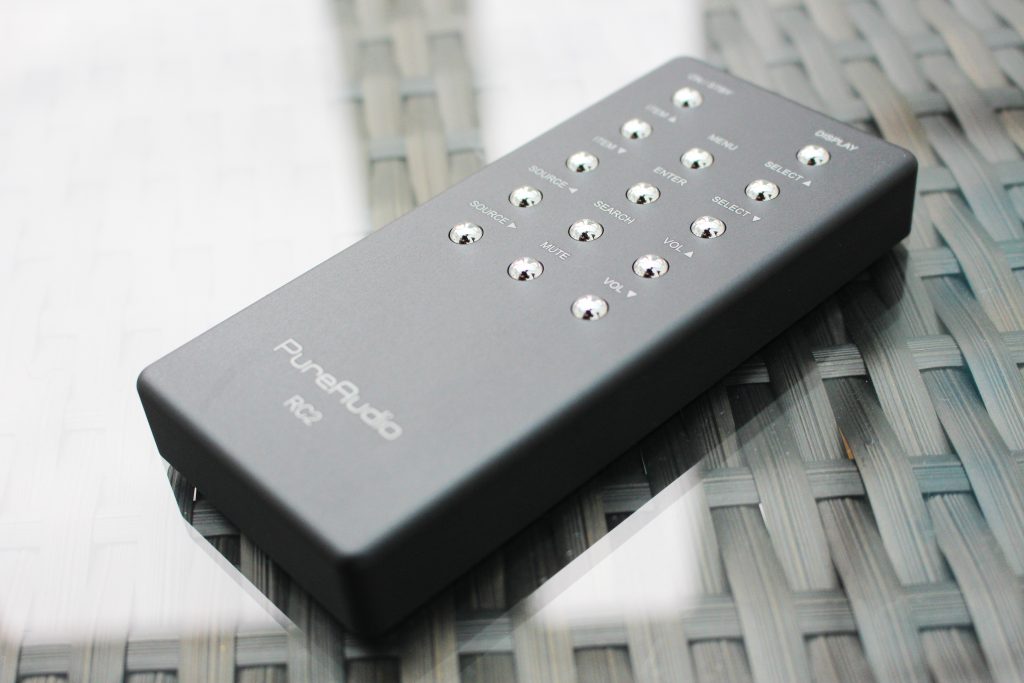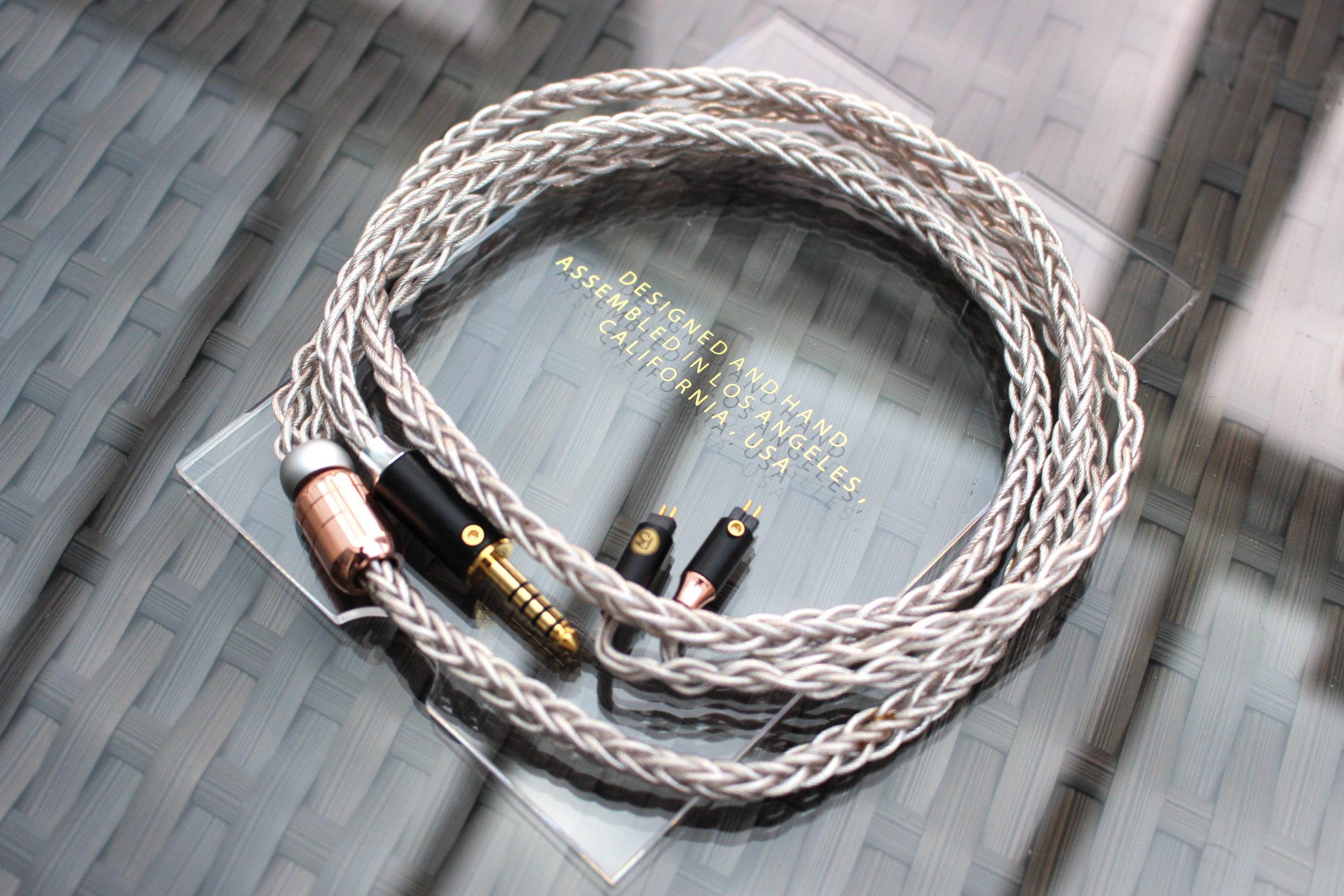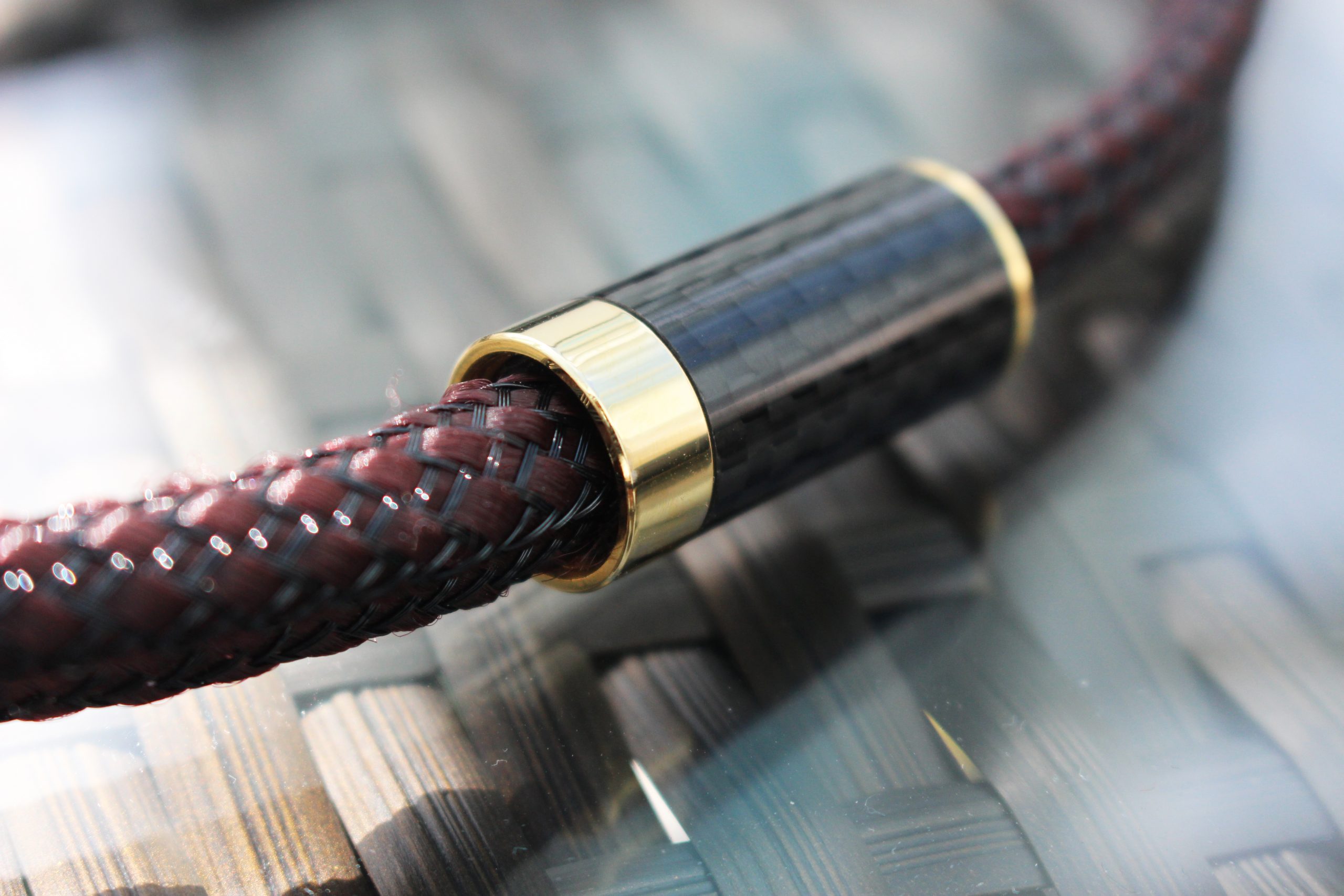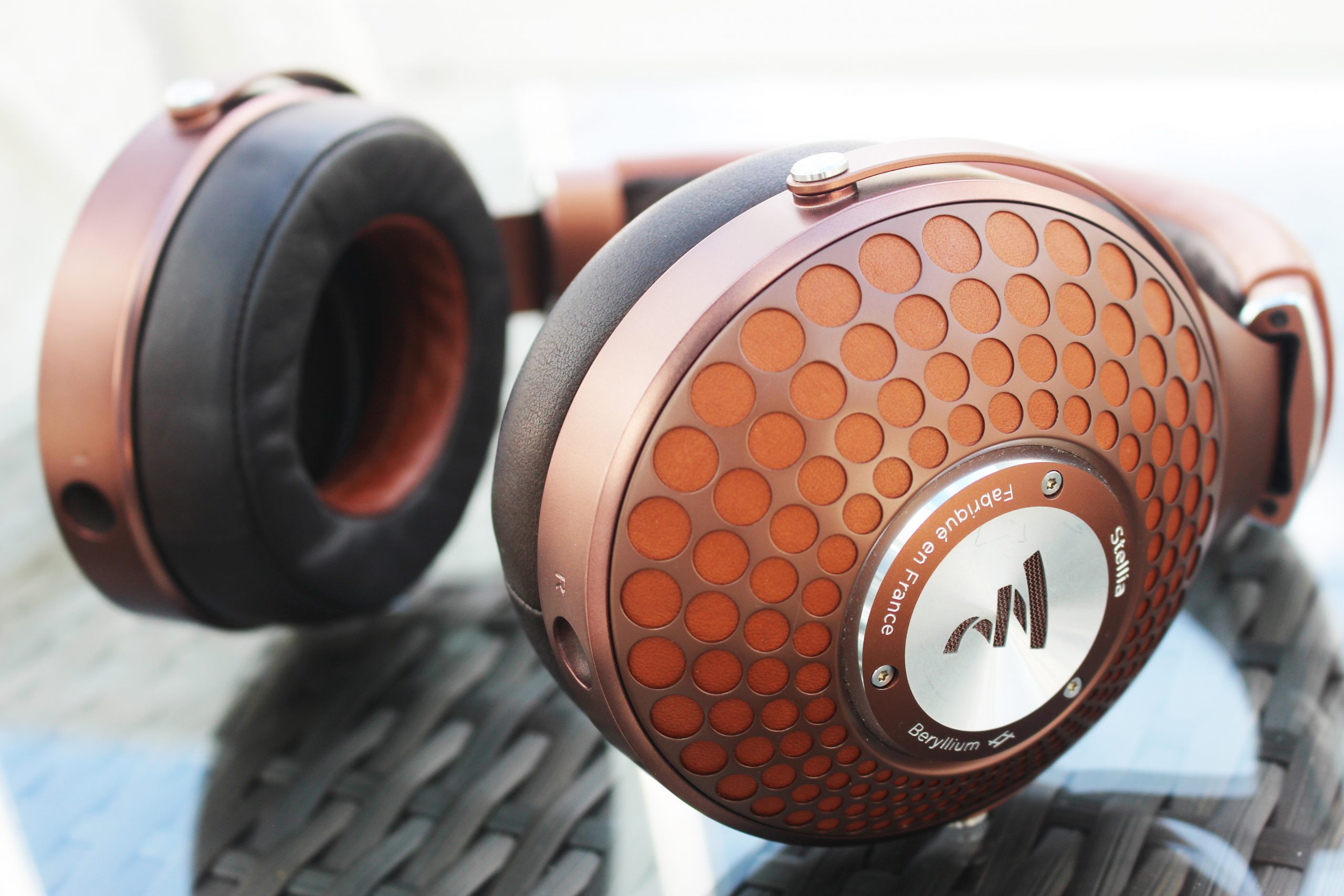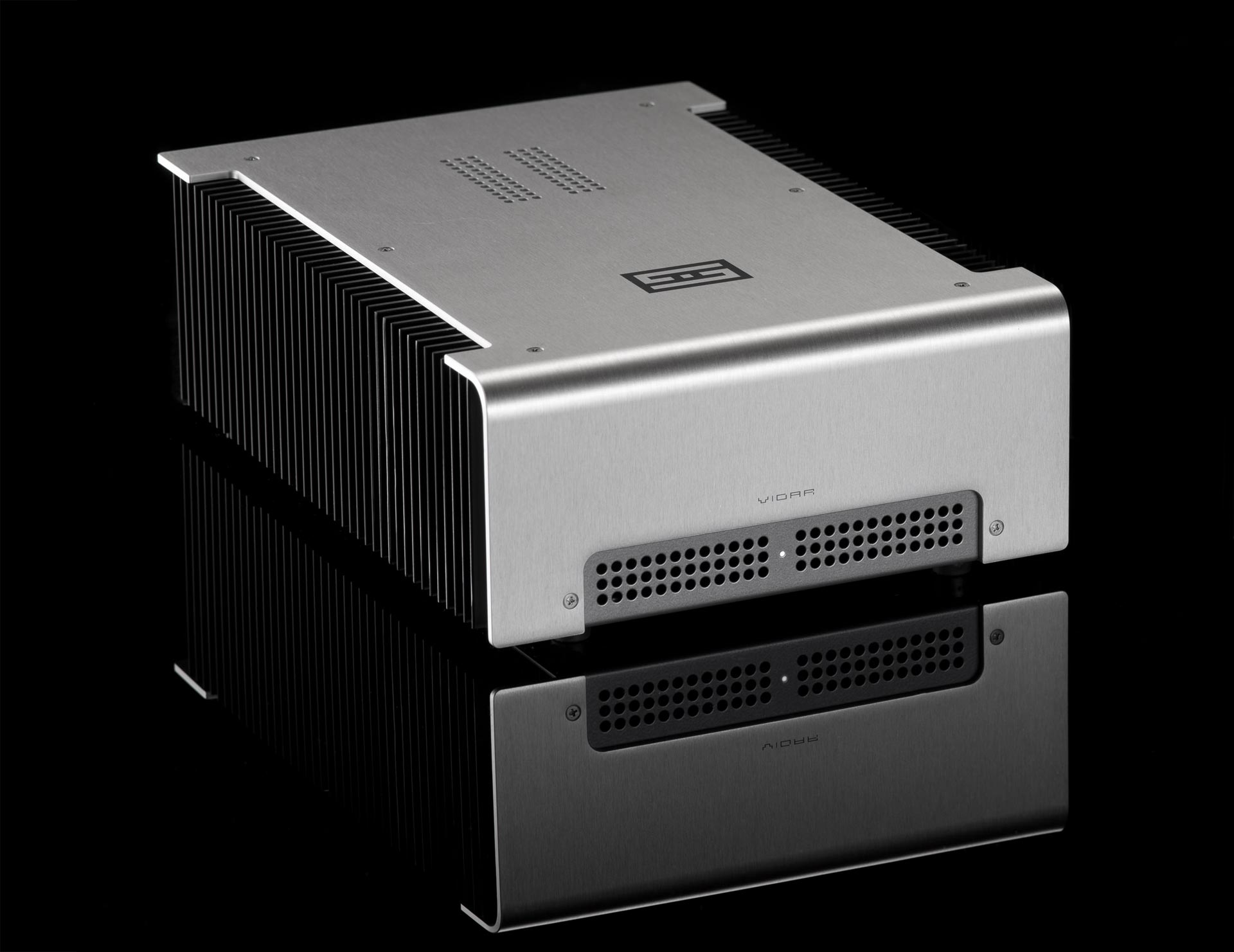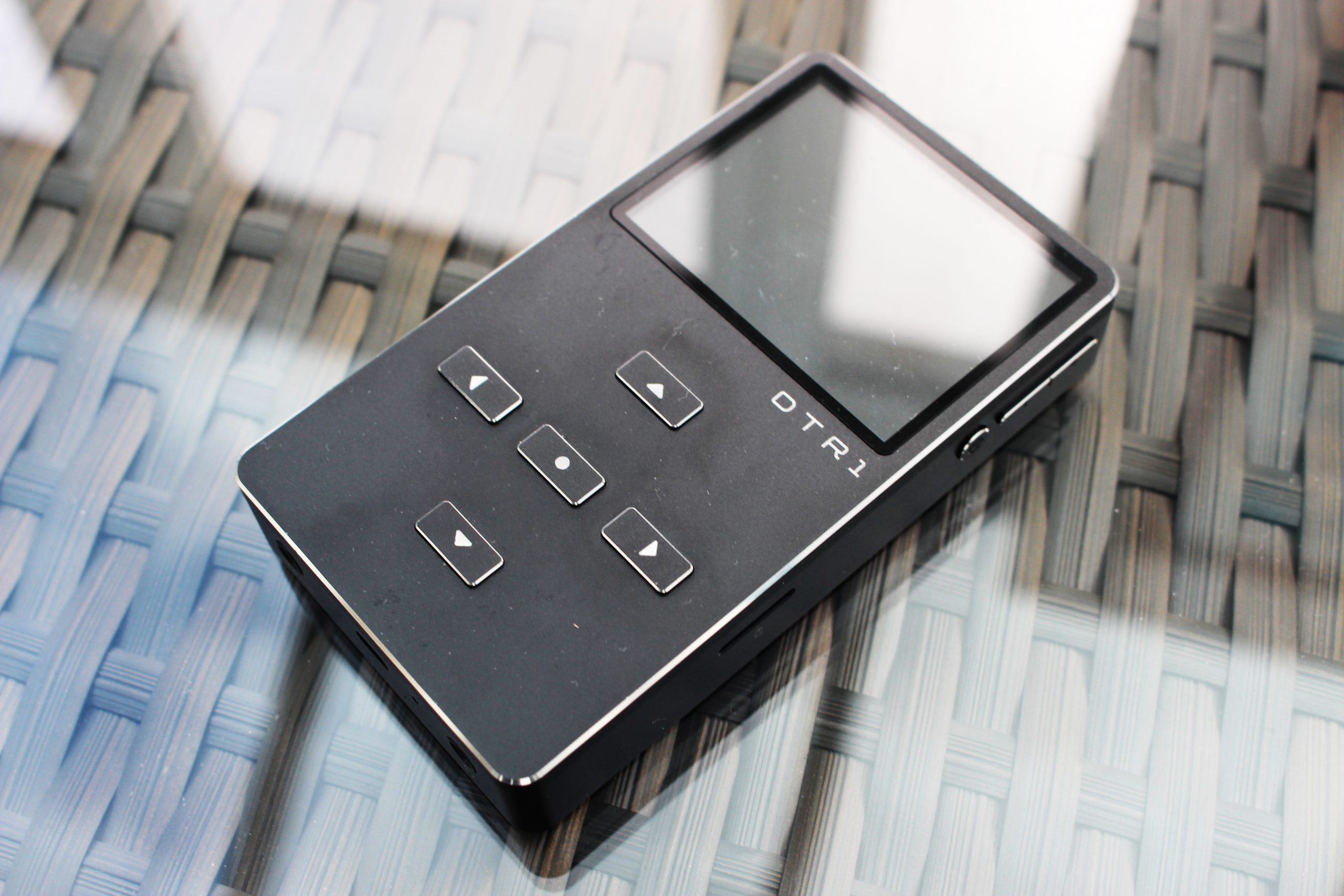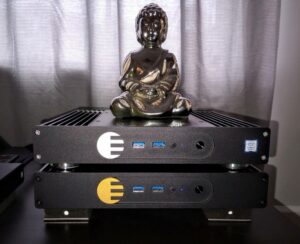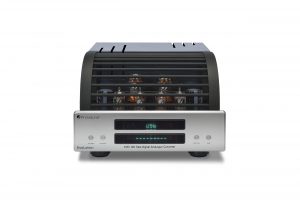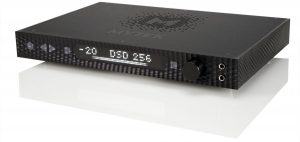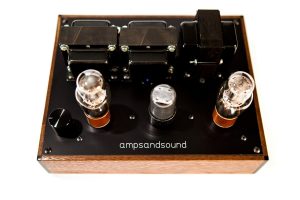Pure Audio are a Taiwanese audio company with years of audio design experience under their belt. Despite not being famous amongst audio circles, the brand have attempted to break into international waters with their first successful distributor, Underwood HiFi, residing in the U.S.
Part of their mission to win customers on a global scale has arisen from their firm desire to provide complete audiophile solutions using the best components. Enter the Lotus DAC5—which represents Pure Audio's first stab at a hi-end DAC solution, complete with a full glass-front display. At $1999, the DAC5 is by no means cheap, and represents a sizable investment for those wishing to further explore this intriguing brand.
Packaging
The unit came in minimal design packaging, with large outer box and inner box with foam end-caps protecting the unit. Also included are a remote control device as well as the power cord. It was disappointing to see that there was no included printed manual, but users can access this electronically from the Pure Audio lab website. It is important to note that users from the US require a voltage switch of 115 from 230, which can be found on the underside of the device—again a printed manual would have been ideal for new users.
The remote control does require some unscrewing with a screwdriver to fit the included batteries inside. A latch system would have been preferable, but again, these are minor issues.
Design
The Lotus DAC5 stands proud and comes in two colors—black or silver. It is a sleek looking minimalist device with two dial knobs surrounding a single glass panel display. Compared to the chassis of the Schiit Yggdrasil, the DAC5 has more of a matte appearance with a thinner profile.
The remote control is premium in build and appearance with its aluminum body and steel ball-bearing buttons. Perhaps other companies that also feature a remote control can take a leaf from Pure Audio's design book.
Internals
Equipped with the well renowned ESS ES9038PRO DAC chip, the Lotus DAC5 comes full guns blazing with patented HyperStream II architecture, and built-in time domain jitter eliminator with a DNR of up to 140dB and THD+N of -122dB. The end result being a more organic and natural presentation said to get rid of digital glares and harshness of the earlier ESS chips of yesteryear.
The Lotus DAC5 implements asynchronous USB transfer mode which utilities its own clock to regulate data rate avoiding jitter and noisy computer interference. This allows the DAC to output high quality audio standards including MQA and DSD 25, the former of which is supported by streaming applications such as Tidal Masters.
The device is also feature packed, including on-board up-sampling, preamp functions, seven digital filters, as well as seven digital inputs.
Build & Features
Front
On the far left of the front panel is a dial knob that allows users to switch the device on, or enter standby mode. The knob can then be dialed to consequently change between different source inputs. The glass panel display lights up to reveal the current input channel name, volume, and sample rate.
The display can also be adjusted in terms of brightness, and even be switched off during listening sessions. It is also useful in gauging whether the right voltage has been selected. If users are in the incorrect voltage setting, the USB device will not work, and the glass panel will not light up as brightly.
Rear
On the rear of the DAC, there are a plethora of user inputs including USB, IIS/DSD, Coaxial, AES/EBU, Optical, and AC inlet. It is good to know that the power switch is not located on the rear end of the device, unlike some other DACs, which aids convenience.
Remote
The luxurious remote control allows users to scroll through menu options, with ability to select between the seven filter options, select between source inputs, turn the device or display on / off, and adjust volume levels.
The Pure Audio PSRC IC chip provides sample rate conversion from PCM 44.1kHz to DSD512, which can be adjusted using the 'select' button on the remote. It is nice to see the level of variations this DAC can output to enable the audiophile to select their most preferable setting.
Sound impressions
ESS Sabre chip implementations have usually been purported to have an edgy sound with noticeable digital glare compared to some other sounding DAC chips. The ES9038PRO, however, is anything but with a warmer sounding characteristic devoid of leading edges and transients. Instead, it is a well-tuned configuration that allows a natural tone to take precedence, with an invitingly smooth and relaxed sound. Perhaps, in contrast to this, Schiit's Yggdrasil original and second iteration DAC, which both render a more precise and analytical sound compared to the Lotus 5's more rounded tonality.
On the macro-dynamic front, the Auralic Vega eclipses both the Yggdrasil and Lotus DAC5 with more of a punch in bass depth and impact. However, the Lotus leans more towards the neutral side of things, which does it allow to be impart less coloration when paired to other amplifiers.
The Lotus presents a fairly wide soundstage with good projections of sonic cues in both depth and width. Compared to the Schiit Yggdrasil, the Lotus 5 does possess more of a wider field, but at the expense of some multi-layering which makes the former sound slightly more holographic.
An area where the Lotus DAC5 does massively excel is its ability to resolve detailing, with fast decay without ever sounding clinical or cold. Instead, instrumental pieces such as piano and guitar strums really shine, without ever sounding lackluster or too sharp. For this reason, the Lotus DAC5 is a great contender for advocates of a natural listening experience, with excellent clarity and nuances. In "Gypsy Flame" by Armik, the guitar notes are smooth but full of detail, while the DAC also hosts great separation between the instruments within the passage. Similarly, in Ludovico Einaudi's "Nuvole Bianche," the Lotus 5 does well to illustrate micro-dynamics within the track, from the quiet initial melody to the bolstering chord progressions.
That is not to say that vocals are out of the picture, as the Lotus DAC5 delivers spades of realism and depth as demonstrated in "Jealous Guy" by Gavin DeGraw. Here, DeGraw's voice is both soulful while also preserving the grittiness that other DACs may convert into stridency. On that note, it is nice to see that the Lotus is forgiving of older sounding tracks, as well as those of poorer quality, with its element of smoothness and lack of glare.
Pairings
The Lotus DAC5 synergises well with many amplifier combinations due to its relatively neutral tonal balance.
For example, when paired to the Questyle CMA800R Golden Dual Mono stack, the overall sound is up-heaved into one with great soundstage dimensions, while also preserving great bouts of resolution and micro-detailing.
Paired with the Violectric V281 amp, the overall result is smoother than the combination on top. This is in part due to the Violectric's already more analogue and organic sound despite its solid state configuration. The note presentation is also thicker but does overall lack a bit of resolve when compared to the above combo's quality of sound.
Tube amplifiers do certainly synergise well with the Lotus DAC5. For example, the MicroZOTL2.0 imparts a more centrally focused, but liquid sound to tracks. Meanwhile, the Mjolnir 2 imparts welcomed midrange harmonic bloom to vocals while also delivering expansion and air to the overall imaging (with Telefunken E188CC tubes).
Conclusion
The Pure Audio Lotus DAC5 has seemingly appeared from nowhere and looks to stay for a while with its multifaceted approach to the audiophile market. It is not often that a DAC of this caliber retails for less than $2000, and should definitely be taken seriously when considering a top of the line system for both headphones and speakers alike. With various output and preamp functionality, the Lotus does well in being a pure system control center. Not to mention that it can handle MQA and DSD files, which not all DACs can boast within the tools of their arsenals. Along with the well-designed remote and informative glass panel display, the Lotus DAC5 represents great value for money and certainly worthy of an audition. It is exciting to see what this company will offer next.
Specifications
DIGITAL
- USB: USB Type B 2.0 Hi-Speed, data stream up to 384kHz/24-Bit and DSD 256 and MQA.
- IIS/DSD: Supports PCM 44.1kHz ~ PCM 768kHz/32-Bit and DSD 512 data streams.
- COAXIAL: Supports PCM 44.1kHz ~ 768kHz/32-Bit and DSD DOP 64, 128 and 256.
- OPTICAL: Supports PCM 44.1kHz ~ 192kHz/32-Bit and DSD DOP 64.
- AES/EBU: Supports PCM 44.1kHz ~ 192kHz/32-Bit and DSD DOP 64.
ANALOG
- Frequency response: 20 Hz - 20kHz / ±0.3dB.
- SNR: > 110dB.
- THD+N: < 0.0003%.
- Output Impedance: < 50 Ohm.
- 2 XLR balanced outputs: FIX mode 8Vrms, HALF FIX mode 4Vrms.
- 2 RCA unbalanced outputs: FIX mode 4Vrms, HALF FIX mode 2Vrms.
GENERAL
- USB Audio Firmware: upgradable via USB DFU tool.
- Power Supply: AC voltage selector switch at the bottom of the unit, 115V or 230V.
- Dimensions [W x H x D]: 430 mm x 55 mm x 315 mm.
- Weight: 5.2Kg
- Power consumption: 13.5W (0.9W Standby)
DAC5
Retail: $1999
Underwood HiFi




